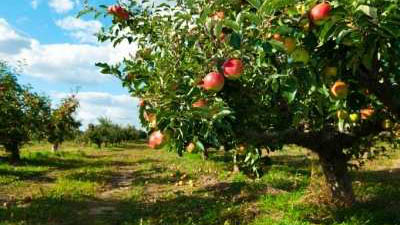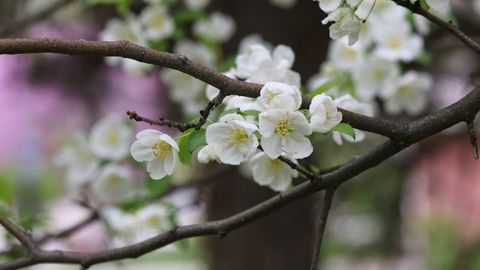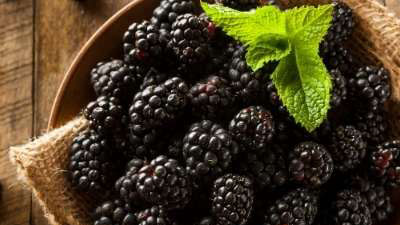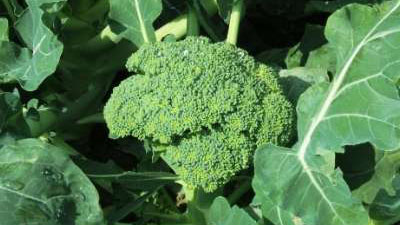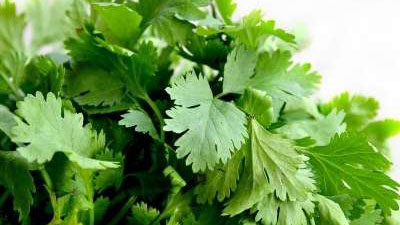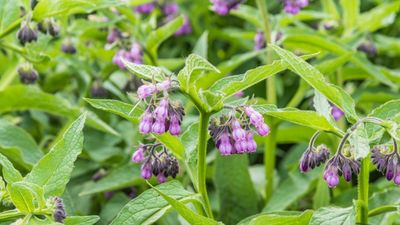How to Grow French Tarragon in Your Garden
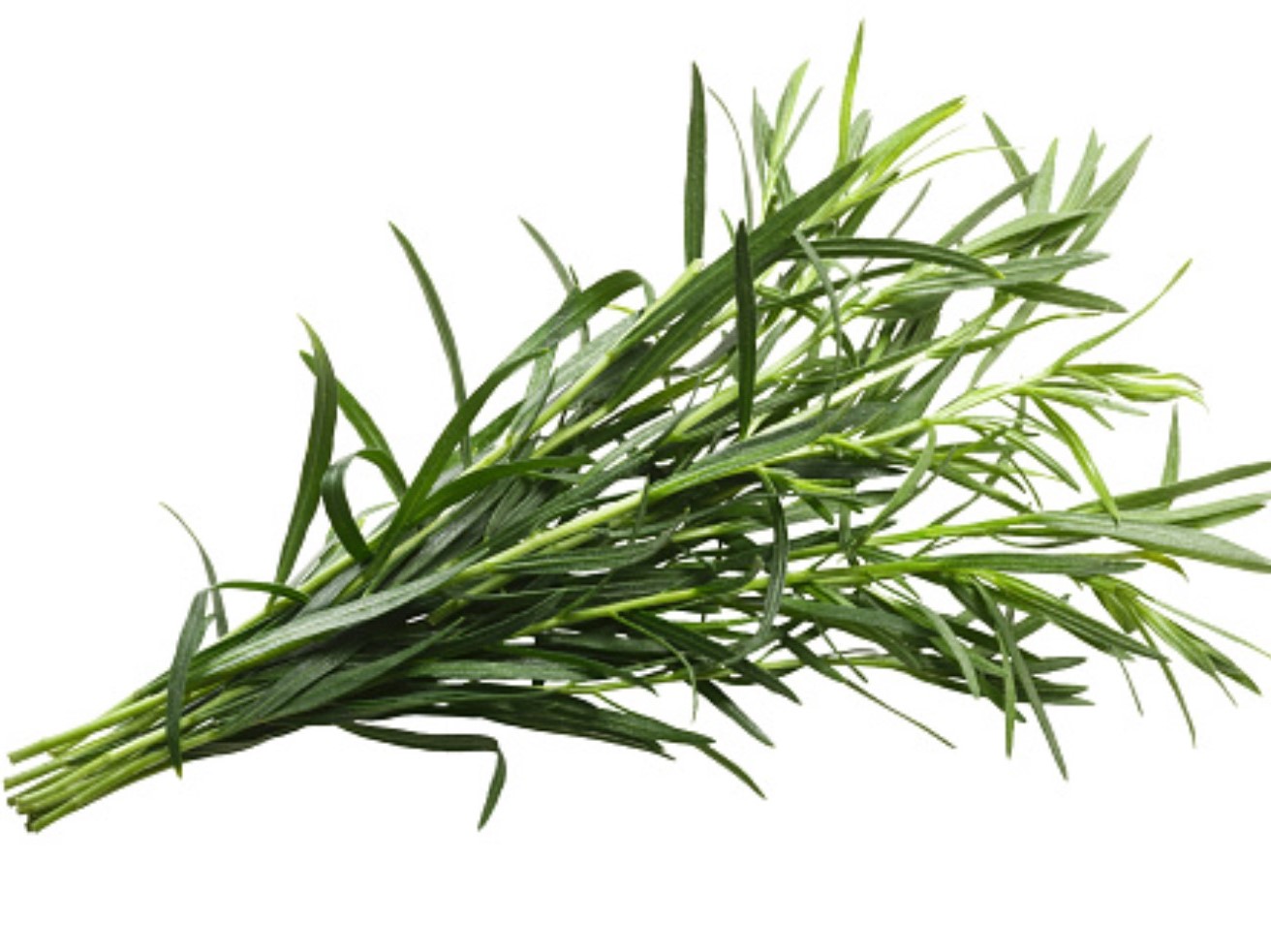
Referred as “a chef’s best friend,” French Tarragon (Artemisia dracunculus) is an essential aromatic herb. Other common names include estragon, dragon sagewort, or German tarragon, but it should not be confused with the closely related Russian tarragon. French tarragon may be grown as an annual or as a perennial, as it is winter hardy to zone 4. Depending on the climate, it may be necessary to cover French tarragon with mulch during the winter, when grown as a perennial. French tarragon prefers full sun, well-drained soils, grows to a height of 24 to 36 inches with a 12 to 15 inch spread. For fresh use, harvest sprigs of French tarragon as needed or for storage harvest the entire plant and dry.
French Tarragon Varieties
There are two types of tarragon: French or Russian. Russian tarragon, while not classified as being a different species, has flavor vastly inferior to French tarragon. Russian tarragon is generally grown from seed, while French tarragon is almost exclusively propagated by vegetative cuttings. Consult a reputable nursery or garden center when purchasing tarragon plants to ensure you get the desired type.
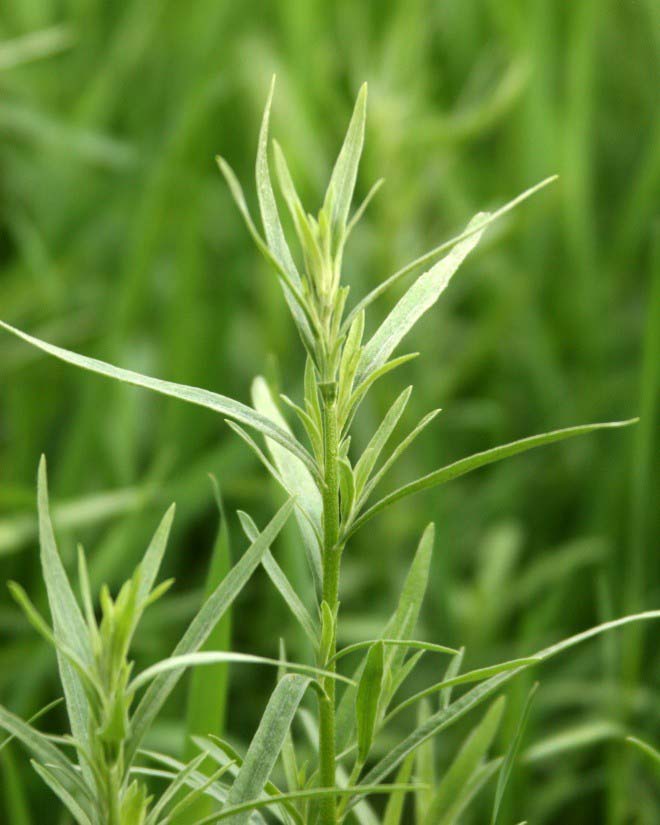
How to Grow French Tarragon
Soil
French tarragon grows best in warm, dry, well-aerated soils and does not tolerate wet or saturated soils. French tarragon grows well in neutral pH soils (pH 6.5-7.5), but exhibits some preference for slightly acidic soils. Most soils in Utah are suitable for growing French tarragon provided they are well drained.
Soil Preparation
Before planting, determine fertilizer needs with a soil test and then follow the fertilization recommendations given. If fertilizer are needed, work the fertilizer into the top 6 inches of soil. If you fertilize with compost, apply no more than 1 inch of well-composted organic matter per 100 square feet of garden area. Organic matter additions to soils help improve aeration and water drainage.
Propagation
French tarragon is propagated almost exclusively from stem cuttings and root divisions. Seeds are rarely planted because French tarragon seldom flowers, resulting in little seed availability. Be careful when propagating from root divisions. French tarragon roots are brittle; so use a knife, as opposed to a shovel or hoe, when collecting new plants. Root divisions should be done in the spring just as new shoot tips are emerging. You should get three to five new plants from each parent plant. French tarragon is also propagated by taking cuttings from young stems. Collect stem cuttings early in the morning. Cut 4 to 6 inch long stems just below a node and remove the lower 1/3 of the leaves. Dip the cut end in a rooting hormone and plant in warm/moist potting media, misting periodically. After roots form, transplant the cutting into the garden.
Planting and Spacing
Transplant French tarragon in the spring, after the last frost, to ensure the survival of tender young shoots. French tarragon prefers full sun and warm but not hot temperatures. In areas where summer temperatures exceed 90° F, partial shading of French tarragon increases plant survival. Plant French tarragon 24 inches apart and keep it trimmed to maintain its form. Divide plants in spring, as described, to maintain plant vigor. French tarragon should be renovated every 2 to 3 years to maintain flavor and vigorous growth.
Water
French tarragon performs best when the soil is allowed to dry between irrigations. Mulch around the plants to retain moisture near the soil surface, since tarragon has shallow roots. Overwatering or poor soil drainage encourages root rot. Water new plants frequently until established, and water existing plants once a week.
Fertilization
French tarragon has low fertilizer requirements. As with many herbs, tarragon flavor is intensified when grown in nutrient poor soils so only fertilize when planting.
Problems with Growing French Tarragon
Weeds
Mulching plants as soon as they are planted or as stems emerge helps prevent weeds from establishing. If weeding is necessary, use shallow cultivation to avoid damaging the shallow roots as doing so will slow plant growth.
Insects/Diseases
French tarragon is generally insect and disease free. French tarragon is susceptible to root rot if over watered and/or subjected to poorly drained soils.
How to Harvest and Store French Tarragon
Fresh
French tarragon is generally used as a fresh herb and sprigs may be harvested as needed throughout the growing season. A sprig is typically one-third the length of the stem.
Drying/Freezing
French tarragon can be dried, but there is a reduction in flavor after drying. For dried tarragon, the first harvest is 6 to 8 weeks after growth has begun and the second harvest is before the first fall frost. To dry French tarragon, bundle and hang harvested sprigs in a dark airy place. Once dried, crumble the leaves into an airtight container and store in the dark or freeze. French tarragon leaves can be dried in a microwave set on high for 2 minutes. The advantage to this method is that the leaves retain more of their original color and flavor. Freshly chopped leaves or sprigs can be frozen in tightly sealed freezer bags and used as needed.
Over-wintering
When growing tarragon as a perennial, shear plants to the ground after frost has killed top growth and mulch heavily before winter to ensure survival. French tarragon can be grown as a potted plant. After the fall harvest, bring the plant indoors, water and fertilize to stimulate growth and locate where the plant get 6 hours of direct sunlight each day
French Tarragon Uses and Nutrition Facts
French tarragon is used to create vinegars and flavor fish, but is also commonly used to flavor vegetables and meats (shellfish, poultry, and lamb). French tarragon is commonly used in the production of perfumes, Dijon mustard, and various other condiments. French tarragon is a source of calcium, niacin, potassium, thiamine, and vitamin A.
Additional Resources
- Bown, D. 1995. Encyclopedia of Herbs and Their Uses. New York: Houghton Mifflin.
- Kowalchik, C., and W.H. Hylton. 1987. Rodale's Illustrated Encyclopedia of Herbs. Rodale Press.
- Bremness, L. 2002. Smithsonian Handbooks: Herbs. Dorling Kindersley Publishing, 304p.
- Small, E. 1997. Culinary Herbs. Ontario: NRC Research Press.
- Sutton, S., Humphries, C., and Hopkinson, J. "Tarragon." The Garden 110 (1985): 237-240
Utah State University Extension
Peer-reviewed fact sheet
Download PDF
Authors
Benjamin Hudson and Dan Drost, Vegetable Specialist
Related Research


